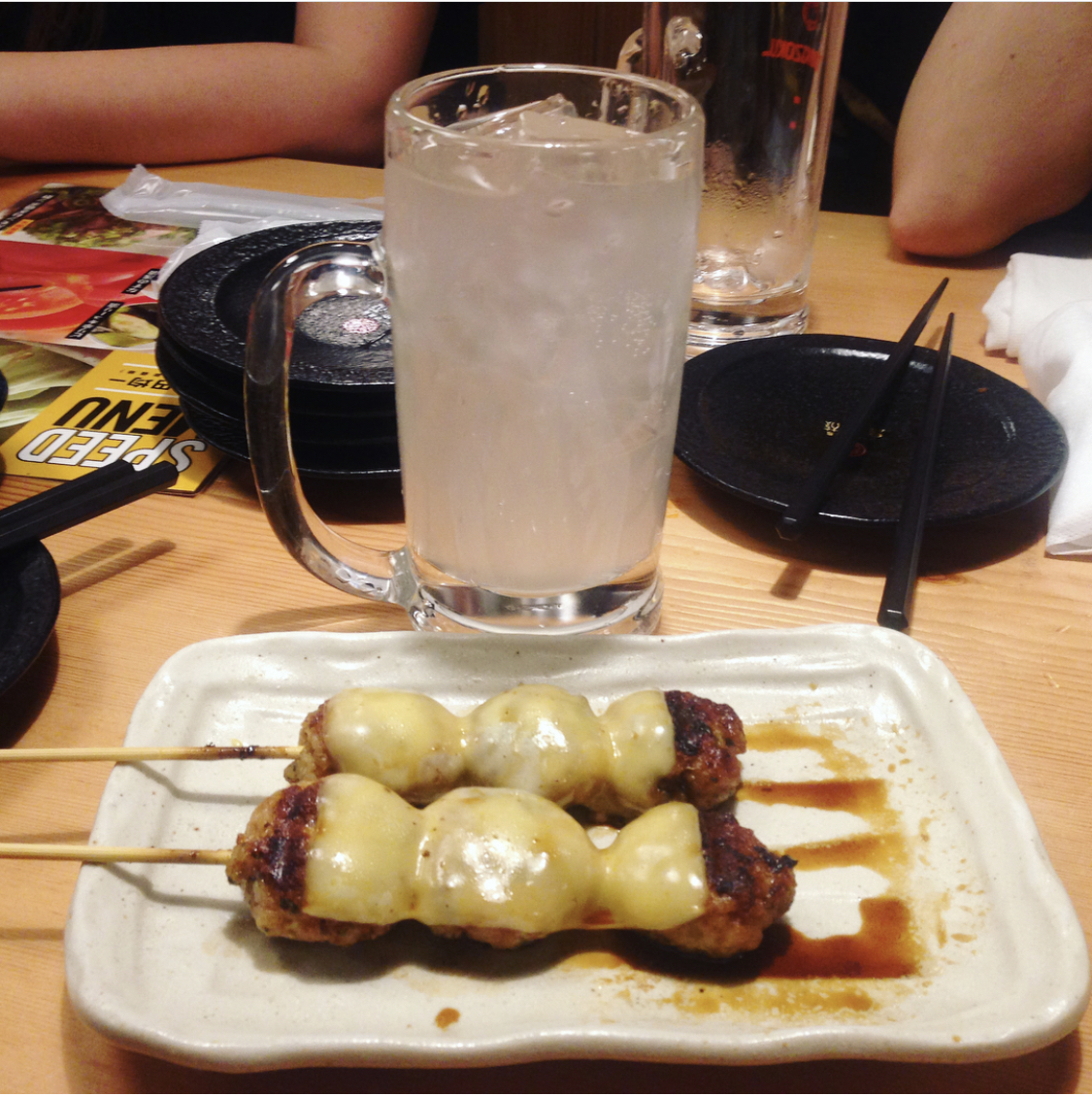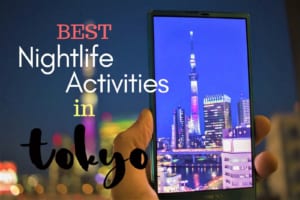What is Izakaya?
How to enjoy izakaya in Japan like a local

People often have an image of the Japanese that they are always at work, devoting their lives to the company and leisure time to have fun. While it is true that in some companies many overtime is done, that is why the Japanese are experts in the world of leisure and entertainment. In cities like Tokyo or Osaka there’re endless possibilities to have a fun weekend or an afternoon with your friends: from the famous karaokes to the traditional recreational machines. But if there is a favorite place for the Japanese, those are undoubtedly the izakaya. From university teenagers to company dinners or girls’ meetings, you can find all kinds of clients in an izakaya.
*Please note that this article contains affiliate links.
Some of you may already known the term I’m talking about, but others who may be asking, and what is an izakaya? Izakaya (居酒屋) is composed of three kanjis: “be/stay”(居), “alcohol”(酒) and “shop” (屋). But an izakaya is not only a place to go to drink, but also where to go to eat. Wouldn’t that be a restaurant then? No. If I had to explain it simply, I would say that in a restaurant the main objective is food and drinks accompany the dishes, and in an izakaya it’s the other way around.
The Japanese go to the izakayas mainly to drink, but if you only drink with nothing in your belly it’s easy to get drunk soon. That’s why in the izakayas they offer small plates to share so you can eat something while drinking. Therefore the food of the izakayas usually aren’t abundant dishes or sophisticated food. They’re simple dishes in small portions like takoyaki, yakisoba, japanese omelette or pizza among others. And as I said, another difference is that unlike a restaurant, where usually everyone asks for their own dishes, in the izakayas people order different dishes and share them.
After a hard day visiting, going to have a drink at an izakaya is a good way to rest, disconnect and discover a part of the local culture. If you want to go to an izakaya you should keep in mind that there are certain rules that the Japanese already know but foreigners don’t, and sometimes this can result in unfortunate misunderstandings hurtful for your wallet. For example, in the vast majority of izakayas you’re charged a fee for “the seat.” The first problem is that many times this charge isn’t explained properly because Japanese or foreigners living in Japan already know it. The second is that in the few cases where this charge it’s explained in the English menu usually is translated as “table charge” but that’s incorrect and can be confusing since the charge is per person and includes a small dish called “otoshi”. Generally it’s something like fried potatoes or cabbage (a popular entree in Japan). In Japan there’s no habit of tipping so instead there’s this extra charge.
In places like Shinjuku or Shibuya there’re many Japanese on the street trying to get customers for their izakaya or restaurants. However, they usually attract customers with things like “You can drink as much as you want for two hours for 1.000 yen,” for example. Willfully they don’t mention this extra charge, or that each of the people must order two plates of food and that even if they say two hours, in fact the last order of drinks ends at an hour and a half, and the remaining half hour is to finish your last drink and leave. The same happens if in addition to all you can drink is all you can eat. I know several cases on this has caused some foreigners to feel cheated (and in some cases, it almost ends in a fight with the staff).
In the izakaya that I usually go with my friends they announce three hours of everything you can eat and drink. But in fact, you have two hours to order food and two and a half hours to drink, and the last half hour is to finish what you’re eating and drinking. They never explain us about the table charge, only the price for the all you can eat and drink. They assume it’s not necessary to explain these things because we already know it.
So if you are traveling in Japan and don’t speak the language but want to try an izakaya, I recommend the Torikizoku chain. Most of their dishes contain chicken (since Tori in Japanese means that, chicken) but they also have more variety like potatoes or fried cheese, ramen, vegetables, cold dishes, etc. Maybe it’s not one of the best izakayas but they don’t charge any fees for sitting, and everything you ask only costs 306 yen. In addition, they have modernised their izakayas and now you order through a tablet, which is in several languages including English, so it’s super easy to order even without knowing the language. In addition, the tablet have photos of each of the dishes, so if you have doubts and do not know what you are asking, the photo can help you.
If you prefer to have a more local experience but you’re afraid to go alone, you can join one of the multiple hopping tours that take place in the main cities such as Tokyo, Osaka and Kyoto. I personally joined a food&drink tour led by Japan Wonder Travel recently in Kyoto and I loved it! Book the tour now with our coupon “jw 2019” and get 10% discount!!
Recommended Tours in Japan:
▶︎ Asakusa Street Food and Local Drink Tour @Tokyo
▶︎ Shinjuku Biggest Drinking Town Izakaya Hopping Tour [Evening Tour]
▶︎ Kyoto Pontocho Backstreet Food and Drink hopping Tour [evening tour]
▶︎ Osaka Food and Drink Tour @Kuromon market and Dotonbori area
Japan Wonder Travel Website: http://bit.ly/33ZvMTA
Here are best alcoholic drinks in Japan.
▽Related Articles▽
▼Editor’s Picks▼
Written by
From Barcelona to Tokyo. Coffee & Adventure lover.
I started to like Japan because of the anime, music and dramas, but after my first trip to the country I found what I love the most: traveling around, the culture and history. I have travelled a lot in Japan, but I still have many places to discover that I want to share with you. Let’s discover Japan together!
Also, as a foreigner living in Japan for over 6 years I understand what kind of things are difficult when you move here and I want to help other people in the same situation that I have in the past.





























